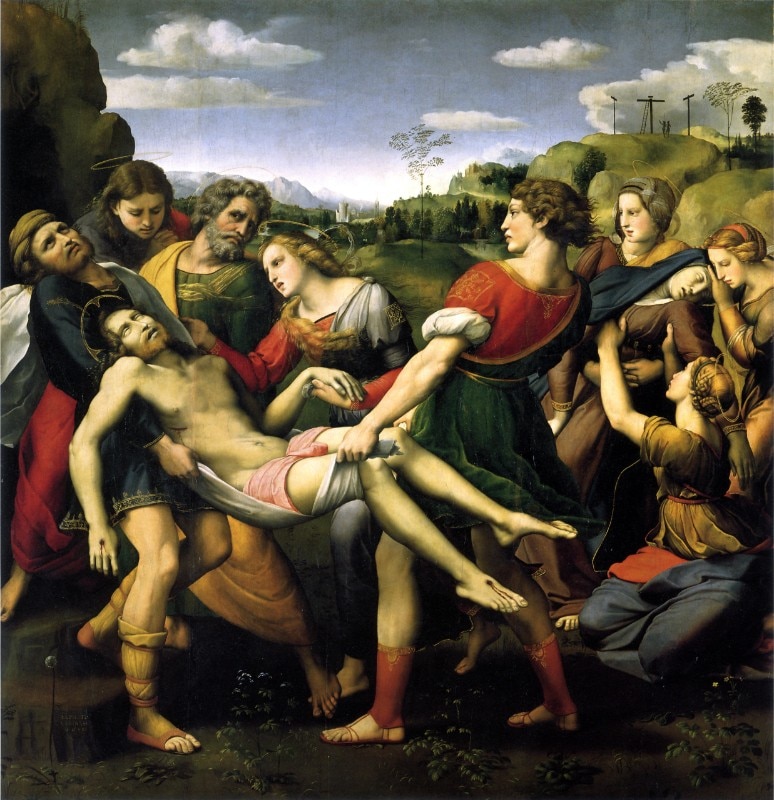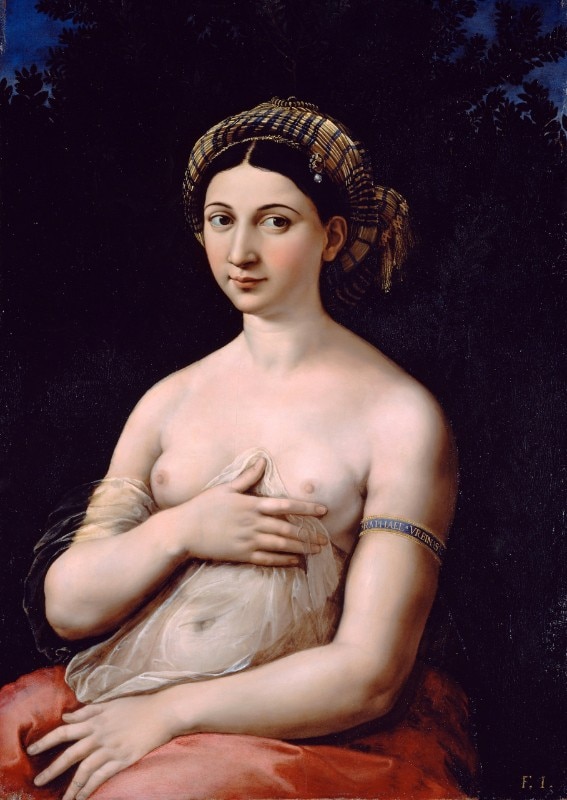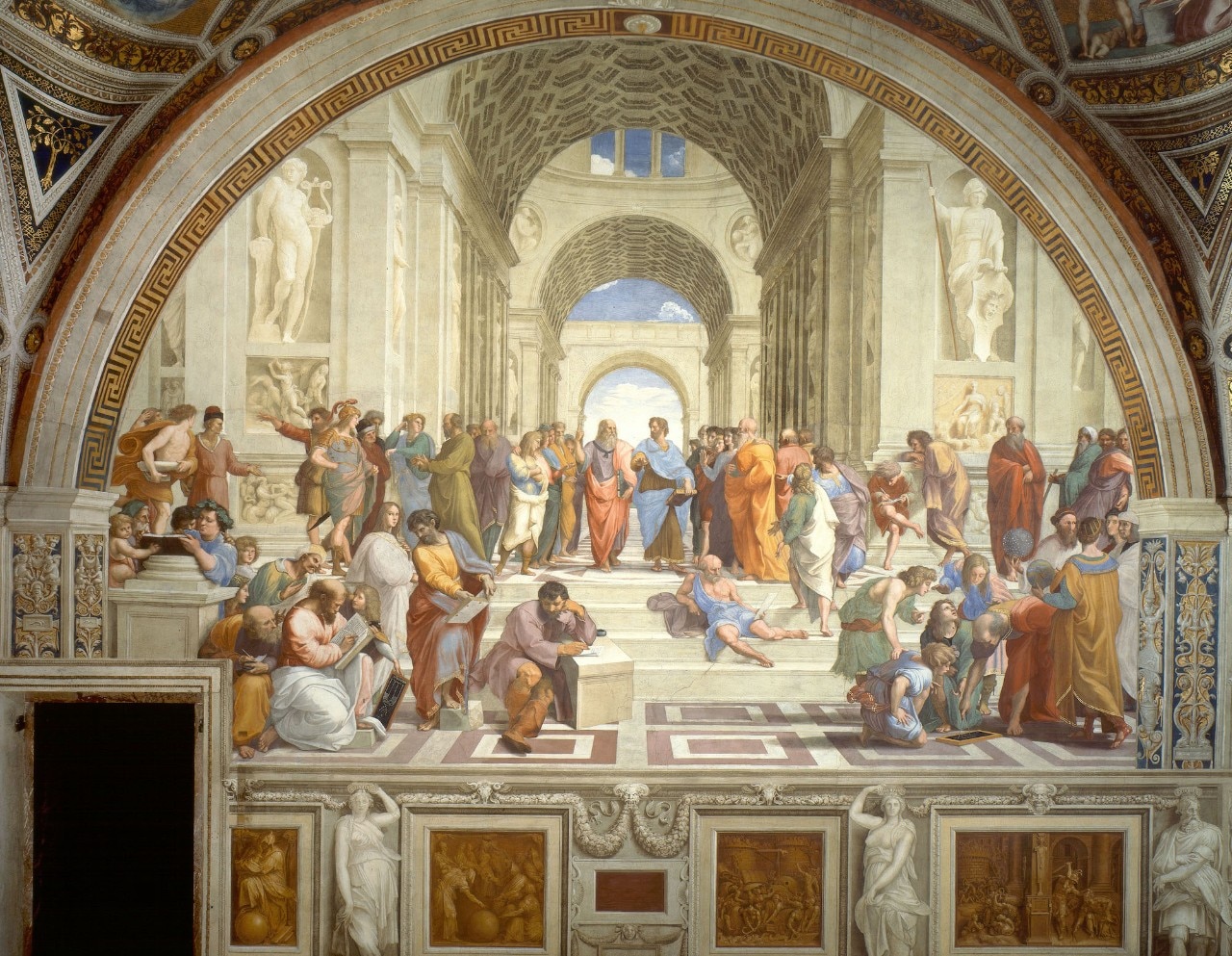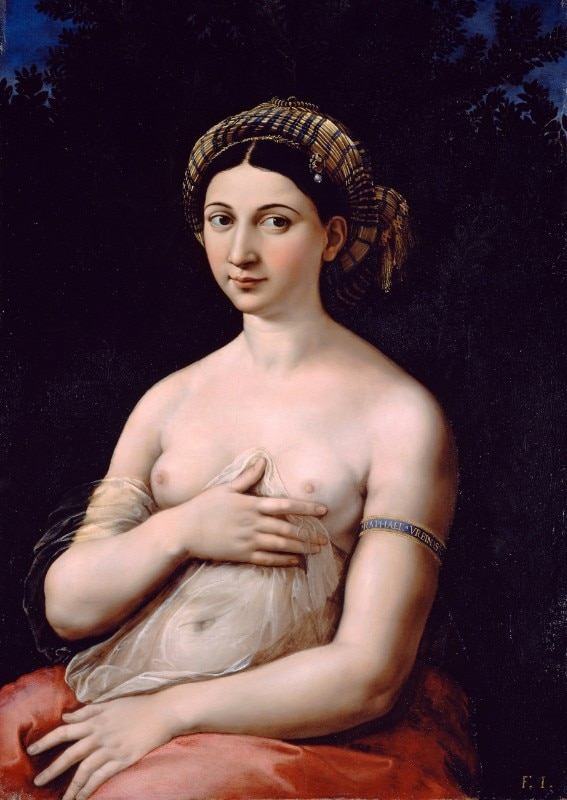Beside stealing our freedom, the pandemic has taken away the chance to visit the many exhibitions organized all over the world.
One of the most eagerly awaited, organized in unsuspicious times in preparation for an important celebration, was the one dedicated to Raphael – Raffaello Sanzio, one of the most famous Italian painters and architects of the Renaissance. The exhibition, which was inaugurated on 5 March 2020 at Scuderie del Quirinale in Rome on the occasion of the five hundredth anniversary of his death, ended only after three days due to the pandemic. More than two hundred works never seen together before created a great monographic exhibition with paintings, drawings and works. The exhibition, which reopened in June, when it was originally supposed to end, has been extended until August 30. What about the tickets? Practically impossible to find. Some people have arranged to resell the tickets to the few tourists visiting Italy for up to thrice the cost.
In Rome, which before the pandemic used to welcome about 10 million tourists a year, nothing is lost: Raphael is a “permanent exhibition” in the capital – it is certainly not unusual for Rome to have a museum in every church, neighbourhood or palace, but Raphael made available a large quantity of works capable of recomposing an excellent monographic itinerary that, above all, doesn’t have an end date.

Towards the end of 1508, Pope Julius II invited Raphael, a young twenty-five-year-old boy from Urbino, to move to the Italian capital, entrusting him with the task of frescoing the Vatican rooms, his private residence, better known today as Raphael’s rooms. Johann Wolfgang von Goethe wrote that “The Logge of Raffaele, and the great pictures of the School of Athens, &c. I have now seen for the first and only time; so thar for me to judge of them at present is like a man having to make out and to judge of Homer from some half-obliterated and much-injured manuscript. The gratification of the first impression is incomplete; it is only when they have been carefully studied and examined, one by one, that the enjoyment becomes perfect. The vest preserved are the paintings on the ceilings of the Logge. They are as fresh as if painted yesterday. The subjects are symbolical. Very few, however, are by Raffaele’s own hand, but they are excellently executed, after his designs and under his eye”.
Raphael’s rooms are four rectangular rooms with cross vaulted ceilings: the first is known as the Room of Constantine, and it was the last to be built after Pope Julius II dismissed artists such as Perugino, Peruzzi, Sodoma and Lotto after seeing young Raphael’s talent. The frescoes celebrate the history of Emperor Constantine: the Apparition of the Holy Cross, the Battle of the Milvian Bridge, the Baptism of Constantine and the Donation of Rome, where the Emperor offered the city to Pope Sylvester. For the room of Heliodorus, Julius II asked Raphael to represent divine support for the church in order to exalt his own politics: the Expulsion of Heliodorus from the Temple, the Liberation of Saint Peter, the Encounter of Leo the Great with Attila, and the Mass at Bolsena. The third room, perhaps the best known and the first on which the artist started working is the Room of the Segnatura where the frescoes represent the three most deserving aspects of the human spirit: the True, the Good and the Beautiful.

On the entrance wall, there’s Raphael’s most famous work – The School of Athens. A group of thinkers, philosophers and scientists, framed in perspective by an imposing architecture reminiscent of the constructions of classical Greece. Right in the middle of the work of art we see Plato, who looks like Leonardo da Vinci, lifting his finger to point at the sky, his Hyperuranium, the ideal world from which he believes knowledge comes, while next to him we find Aristotle, pointing his outstretched arm to the exact opposite, the earth, nature, the surrounding world and therefore the importance of knowledge based on the observation of reality. Soft colours, typical of the artist and of his time; majestic, strong, imposing figures, in which their clothes participate in the glorification of their minds. Raphael interprets these geniuses of the past by paying homage to his colleagues, Bramante becomes Archimedes, Michelangelo is Heraclitus… and what about him? How could he avoid being part of the group? His is a self-portrait, his face appears on the right side of the fresco, just under the arch of the proscenium next to Baldassarre Castiglione as Zoroaster. The fourth and last room is the one dedicated to the fire in the Borgo commissioned by Pope Leo X who, however, entrusted a large part of the fresco painting to his pupils, always under his supervision.
Raffaello can be met in the rooms of Palazzo Barberini in Rome admiring his Fornarina, and not far away, inside the splendid rooms of the Galleria Borghese, we can admire the Deposition or the enigmatic Young woman with Unicorn. On the Tiber river, in the splendid Villa Farnesina, residence of the banker Agostino Chigi and his beloved Francesca Ordeaschi, a Venetian courtesan whom Chigi married in contravention of the rules of the time, Raphael painted a cycle of frescoes probably dedicated to their love story: The Loggia of Cupid and Psyche. Here we encounter a more romantic, sophisticated painting, with sinuous and emotional forms, a profane and passionate painting. And then again in Florence, at the Uffizi, in his Urbino and many other splendid places that host, besides his works, many other masterpieces.
Next year, which is quickly approaching, the great cities of art won’t welcome millions of tourists –perhaps, this will be the perfect time to enter these places and enjoy the beauty they contain with more privacy and time, without long lines, noise and confusion and maybe, if we are lucky, we will find ourselves alone with the works we have always wanted to contemplate. Will this be the new art user? Will we recreate our own monographic exhibitions?








